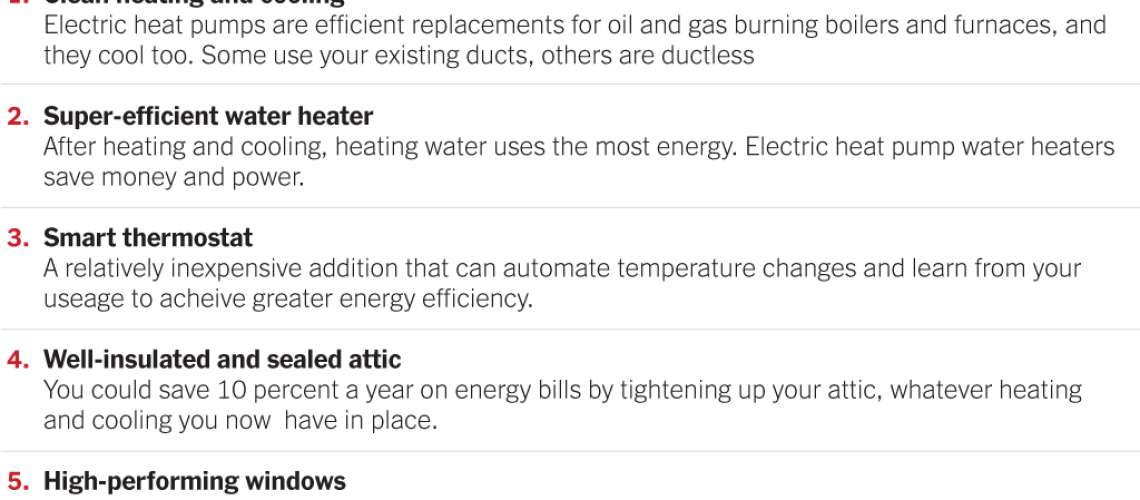Now that Bluetooth speakers, Alexa home assistants and internet-connected refrigerators have become ubiquitous in our homes, it is a good time to ask a question: How should we power all of this technology in the most efficient way?
A big part of the answer can be found in sustainable tech and the expanded use of solar power. In the last decade, solar has grown by an average of 33 percent a year in the United States, with enough capacity now being generated to power 24 million homes, according to SEIA, the Solar Energy Industries Association. By the third quarter of 2022, 45 percent of new generating capacity came from solar and a total of 3,841,026 solar energy systems were in place in the United States.
Installations are rising as state and local governments push to reduce the dependence on fossil fuels. New York City recently became the largest U.S. city to ban the use of gas for cooking and heating in new buildings, and New York State has a policy in place to phase out oil, gas and propane furnaces in new homes by 2025, in favor of fuel-efficient electric heat pumps and stoves. A 2019 law has already committed the state to reduce its greenhouse gas emissions 40 percent by 2030 and 85 percent by 2050 (compared with 1990 levels). So while your gas stove is not about to be confiscated, it makes sense to look ahead.
Updating your home with more efficient and sustainable technology can be expensive, but government subsidies can help alleviate some of those costs. The Energy Star program, established by the Environmental Protection Agency to help consumers and businesses achieve energy efficiency, has developed a six-point home upgrade program intended to save money and energy at home, and it’s all electric.
This week’s chart looks at six home upgrades — including installing super-efficient water heaters, smart thermostats and better insulation in attics and windows — recommended by the E.P.A. to make the most of future technological advances.
For weekly email updates on residential real estate news, sign up here.



